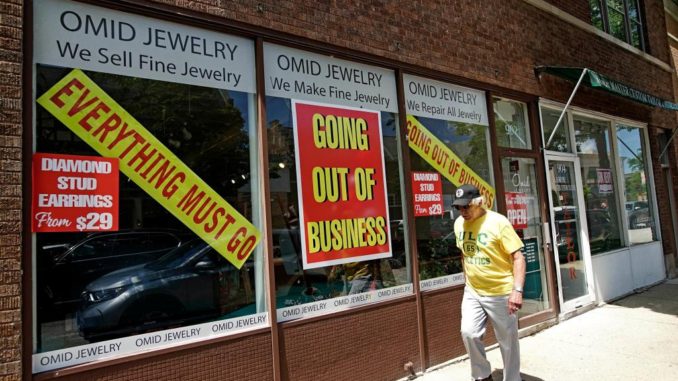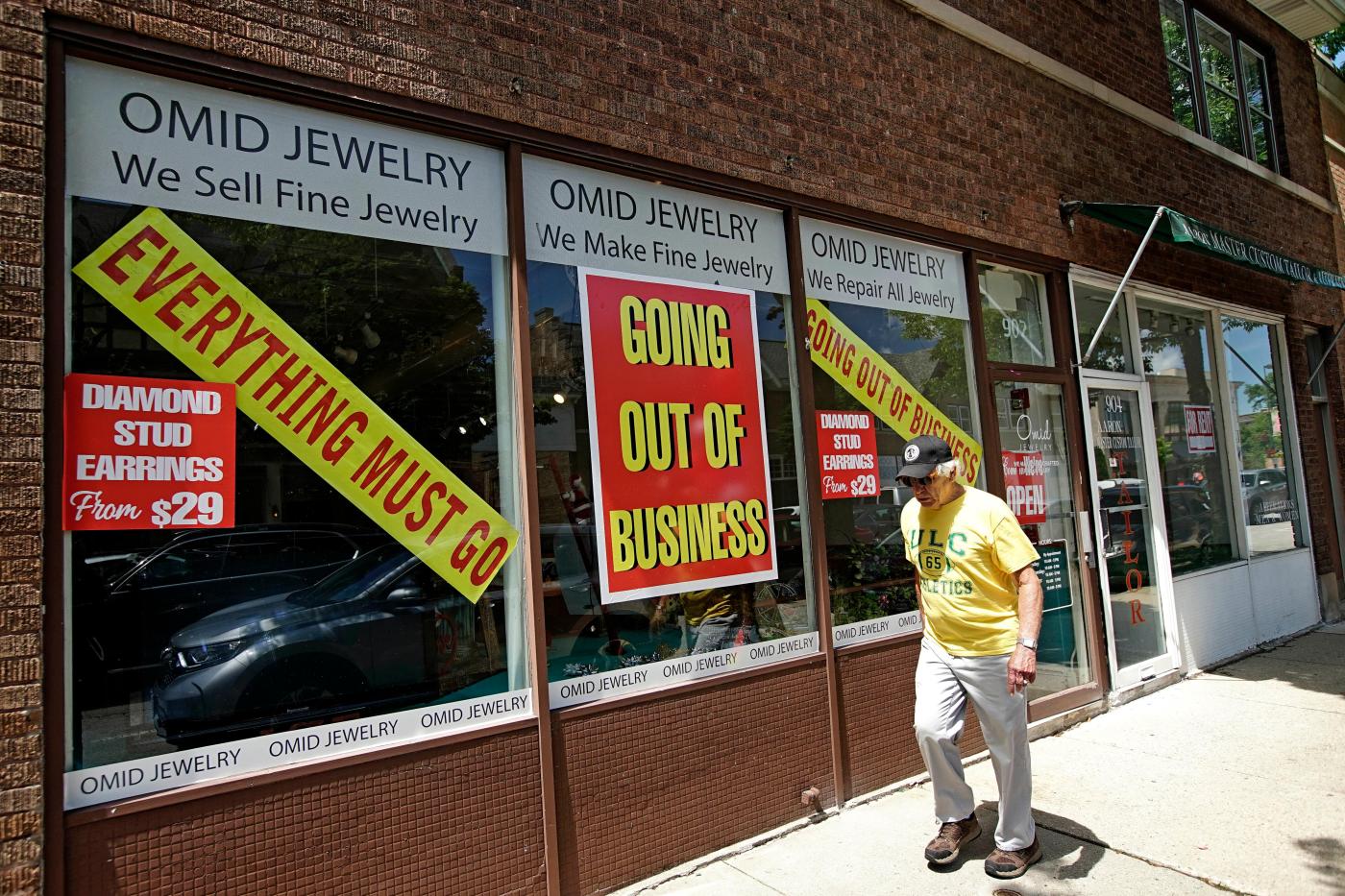
Gripped by the accelerating viral outbreak, the U.S. economy is under pressure from persistent layoffs, diminished income and nervous consumers, whose spending is needed to drive a recovery from the pandemic.
A flurry of data released Wednesday suggest the spread of the virus is intensifying the threats to an economy still struggling to recover from the deep recession that struck in early spring.
The number of Americans seeking unemployment aid rose last week for a second straight week to 778,000, evidence that many employers are still slashing jobs more than eight months after the virus hit. Before the pandemic, weekly jobless claims typically amounted to only about 225,000. Layoffs are still historically high, with many businesses unable to fully reopen and some, especially restaurants and bars, facing tightened restrictions.
Consumers increased their spending last month by just 0.5%, the weakest rise since the pandemic erupted. The tepid figure suggested that on the eve of the crucial holiday shopping season, Americans remain anxious with the virus spreading and Congress failing to enact any further aid for struggling individuals, businesses, cities and states. At the same time, the government said Wednesday that income, which provides the fuel for consumer spending, fell 0.7% in October.
The spike in virus cases is heightening pressure on companies and individuals, with fear growing that the economy could suffer a “double-dip” recession as states and cities reimpose curbs on businesses. The economy, as measured by the gross domestic product, is expected to eke out a modest gain this quarter before weakening — and perhaps shrinking — early next year. Mark Zandi, chief economist at Moody’s Analytics, predicts annual GDP growth of around 2% in the October-December quarter, with the possibility of GDP turning negative in the first quarter of 2021.
Economists at JPMorgan Chase have slashed their forecast for the first quarter to a negative 1% annual GDP rate.
“This winter will be grim,” they wrote in a research note.
Zandi warned that until Congress agrees on a new stimulus plan to replace a now-expired multi-trillion-dollar aid package enacted in the spring, the threat to the economy will grow.
“The economy is going to be very uncomfortable between now and when we get the next fiscal rescue package,” Zandi said. “If lawmakers can’t get it together, it will be very difficult for the economy to avoid going back into a recession.”
Some corners of the economy still show strength, or at least resilience. Manufacturing is one. The government said Wednesday that orders for durable goods rose 1.3% in October, and sales of new homes remained steady, the latest sign that ultra-low mortgage rates and a paucity of properties for sale have spurred demand and made the housing market a rare economic bright spot.
But at the heart of the economy are the job market and consumer spending, which remain especially vulnerable to the spike in virus cases. Most economists say the distribution of an effective vaccine would likely reinvigorate growth next year. Yet they warn that any sustained recovery will also hinge on whether Congress can agree soon on a sizable aid package to carry the economy through what could be a bleak winter.
“With infections continuing to rise at an elevated pace and curbs on business operations widening, layoffs are likely to pick up over coming weeks,″ said Rubeela Farooqi, chief U.S. economist at High Frequency Economics.
The government said he total number of people who are continuing to receive traditional state unemployment benefits dropped to 6.1 million from 6.4 million the previous week. That figure has been declining for months. It shows that more Americans are finding jobs and no longer receiving unemployment aid. But it also indicates that many jobless people have used up their state unemployment aid — which typically expires after six months.





